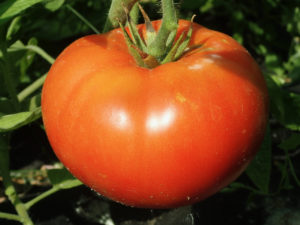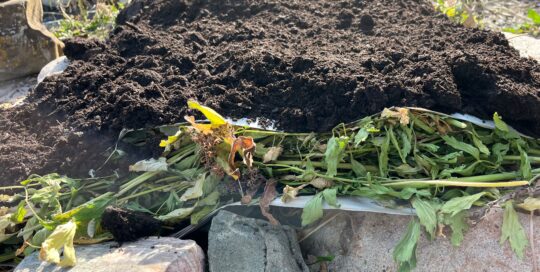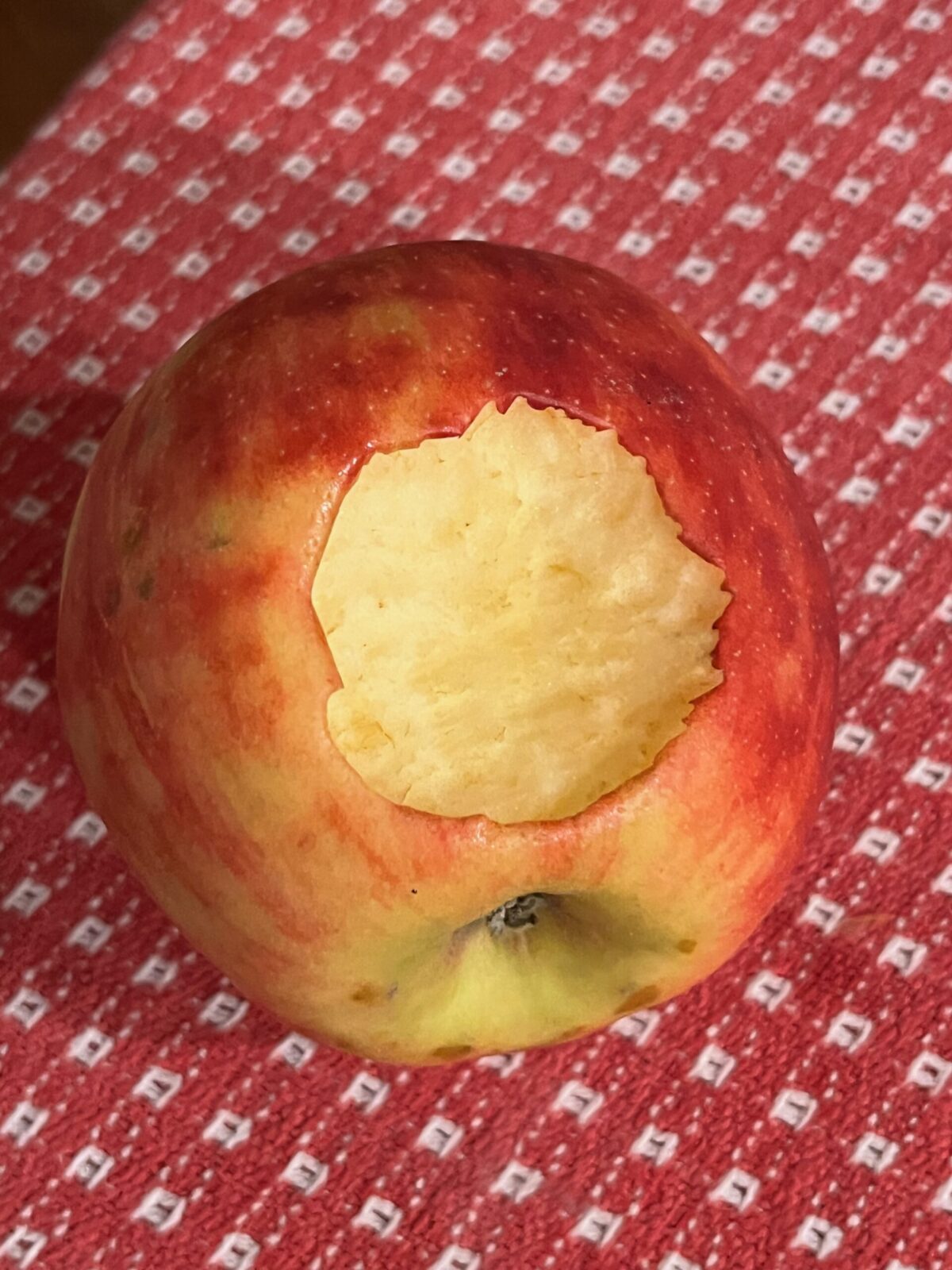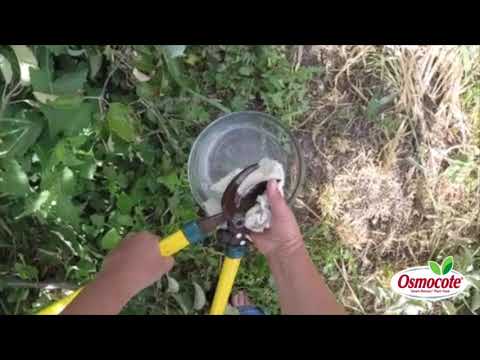Choosing disease resistant varieties
Views: 351

If you haven’t ordered seeds, do it now. And with that in mind, this is a good time to discuss how to choose disease resistant varieties in your vegetable selections.
It’s frustrating when the garden is in full production just to watch leaves turn yellow or the plants wither before your eyes. This is why breeders developed varieties that weren’t as susceptible to these various fungi and other pathogens.
Deciphering disease pressure
But what should you look for when pulling together your plant list? That partly depends on your climate and prevalent disease issues in your area. Many gardeners are well aware of what kills their plants every season, but if you are unsure, ask. Talk to gardening neighbors or chat with your local Extension agent to figure out how to be proactive. Once you have a fairly good idea of what you need to watch out for, it’s time to do a little research on the varieties that will work the best for you.
Picking diseases resistant vegetable varieties
While there are particular diseases to different regions of the country, keep an eye out for a handful of bad characters that seem to be fairly prevalent regardless of where you live. For example, cucumber mosaic virus and powdery mildew are common with cucumbers, although they both can easily spread to squash and other plants. By planting resistant cucumber varieties, such as Marketmore 97, you can reduce the overall spread within your garden.
This holds true for others. To reduce problems with Fusarium and Verticillium wilts on tomatoes look for varieties such as Better Boy, Brandymaster, or Goliath, which is a dandy, massive type of beefsteak.
Southern and Northern Blights on corn is another frequent fungal problem that thrives during warm and humid conditions. Silverqueen, which is one my father grew for years in Ohio, is resistant to the Northern Blight, as well as is Bodacious, one of my favorites to raise in the short Montana season. But for those in warmer regions, Avalon has resistance to battle both.
One of the greatest problems I have is powdery mildew on my summer squash. My guess is most gardeners have had to deal with this particular fungal infection. It usually occurs midway through the summer causing the leaves to have the classic powdery appearance. While it typically does not kill the plant, if it is severe enough, it will limit production. Fortunately, there are a wide variety of squashes that are resistant. To stave off the infection, I’m growing Dunja because it looks like it’s actually resistant to a number of different viruses, as well as powdery mildew.
Disease Resistant Vegetable Varieties
Hybrids aren’t the only answer to disease resistance
One thing you might notice as you list varieties that have the resistance you need in your area, as many of them are hybrids. Keep in mind that hybrids are not genetically engineered (GE). At this time there are no vegetables for home use that are GE. But because of the whole issue with genetic modification, a lot of people give hybrids a bad rap.
Rest assured, creating hybrids goes back to what we learned in biology class in high school. It’s simply crossing two plants with desirable characteristics to hopefully develop another that has the best of both parents. This often means better production, good flavor, and improved growing characteristics, including disease resistance. But it also means that the seed from these particular hybrids will not grow the same as this parent plant. So if you plant seed from a hybrid next year, it’s a crapshoot on what you will harvest.
With that said, the cool thing about plant breeders is there is always coming up with something new. In this case it is open-pollinated varieties that do exhibit resistance. For example, the team at Cornell University took the Boothby Blonde cucumber with the equally popular Marketmore to develop Silver Slicer. This is an open-pollinated variety that does have resistance to powdery mildew. So during your search, if you wish to save your own seeds, be sure to look for both characteristics. You want that disease resistance, but look for it in an open- pollinated variety.
Since this is the time that we need to plan a garden, it’s also the best time to be proactive. Save yourself a lot of headaches, as well as the need to use fungicides or other chemicals in the garden, by opting for disease resistant varieties from the start.
Meet Amy Grisak
Amy is a freelance author and photographer in Great Falls, MT who specializes in gardening, foods, and sustainable agriculture. She provides information on every kind…
Amy's Recent Posts

What Garden Debris Can You Compost?








